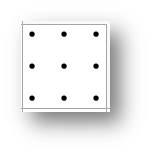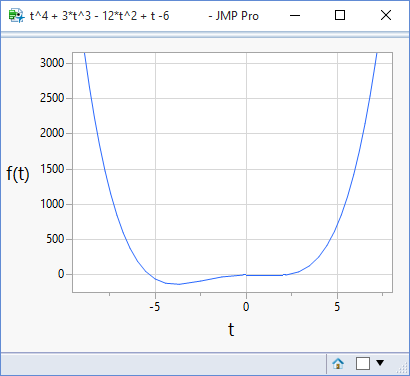The basic but essential role of a screening design is its ability to estimate main effects. In this post I will look at how well this is achieved using a DSD. (more…)
Monthly Archives: December 2015
DSD: Number of Runs
The size of a classical screening design is influenced by design resolution and geometric symmetry, whereas the size of a definitive screening design grows in proportion with the number of factors. (more…)
DSD: Three Level Designs

In my last post I introduced the key characteristics of definitive screening designs. In this post I will take a closer look at the first of these characteristics, namely, that the designs have three levels. (more…)
Definitive Screening Designs
Definitive? Really? I’m going to be taking a close look at definitive screening designs and I’ll try and not get hung-up on the name: calling them DSDs should solve that problem!
DSDs represent a revolutionary approach to designing screening experiments. I want to take a look at the motivation behind these designs and explore their characteristics in relation to traditional screening designs. DSDs are highly efficient in the use of resources required to conduct an experiment, but that efficiency can sometimes come at the price of more complexity when it comes to analysing the experiment data. I want to take a look at the assumptions that underpin the designs and how those assumptions impact modelling of the experimental results. (more…)
DOE Math
Understanding the matrix formulation of least squares regression can help you understand the essence of DOE. (more…)
Statistical Thinking and DOE
An understanding of how variance propagates through a system can help us design experiments that maximise the precision of our results.
Traditionally scientists and engineers are taught how to conduct scientific experiments, then analyse the data in the context of their domain-specific knowledge (physics, chemistry, electronics, etc), and finally to apply statistical methods to calculate the precision of their results.
Statistical design of experiments reverses the sequence of data analysis, by first anticipating the precision of the results and how the precision is influenced by the experimental configuration. (more…)
My Favourite Feature
It is, of course, impossible to isolate a single feature of JMP and declare it as your absolute must-have go-to feature. So let me declare it as my favourite feature for today! (more…)
A Matter Of Perspective
In my last post I illustrated how JMP can be used to plot mathematical functions. Visualising a function brings it to life, but what we see and how we interpret it can be very sensitive to the scale that we use. The following plots are of the same function but using different ranges for the x-axis:
Plotting Functions
Validating Modal Windows
A modal window forces a user to respond to a prompt before continuing execution of a script. The JMP user interface rarely uses modal windows and as programmers we should respect this principle and use modal windows sparingly. If a task is important enough to warrant a modal window it’s probably important enough to demand some level of validation of user inputs. Here’s how: (more…)

